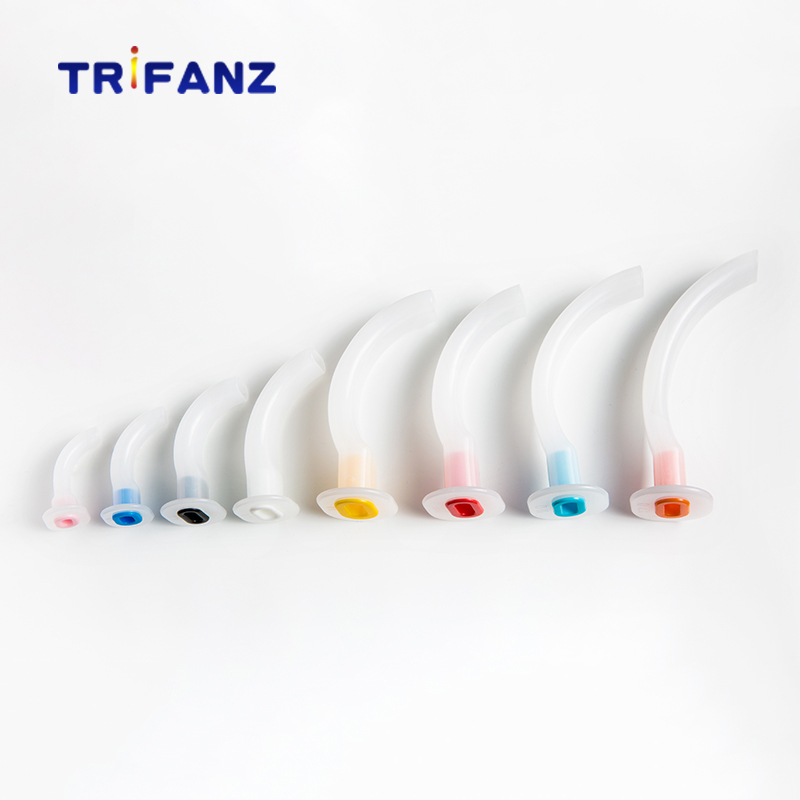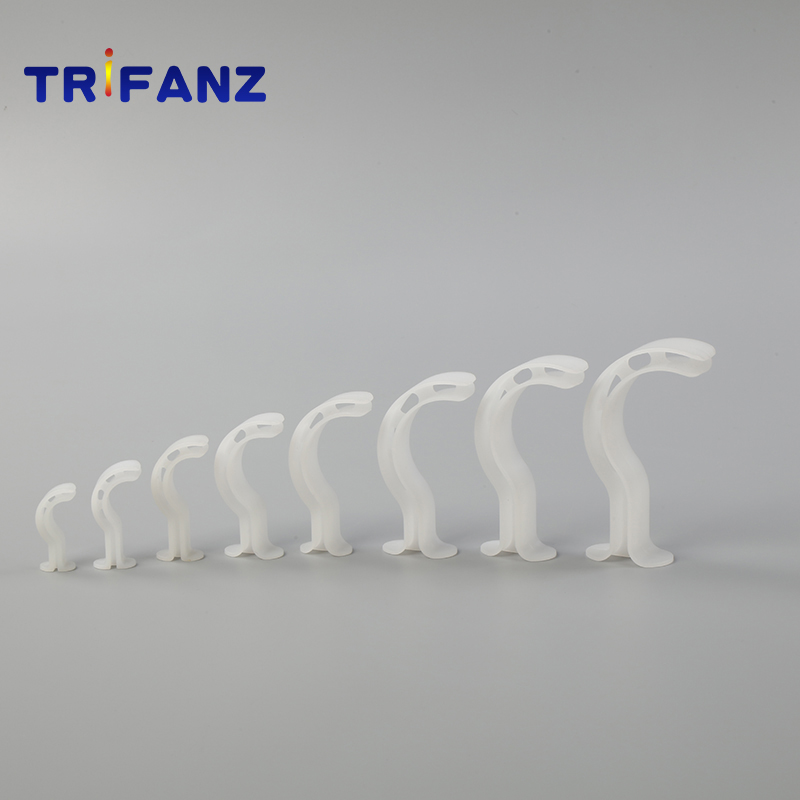Facilities vegetables pay attention to prevent diseases
At present, the temperature continues to decline, which is detrimental to the production of vegetable in facilities, and in particular, the humidity in the protected area is prone to increase due to the reduced ventilation time, which causes and aggravates diseases such as gray mold, sclerotinia, late blight, and other diseases of low temperature and high humidity. The vigilance in production should be heightened. Take the following measures to prevent:
Strengthen monitoring to pay close attention to the weather forecast and disease occurrence dynamics, make cold insulation work according to weather changes, and add warming and lighting enhancement equipment if necessary.
Reasonably ventilate and ventilate at low noon during the day when the temperature is high. Ventilate well. When the temperature is fine, do not suddenly open all the straw curtains. Open the doors one at a time or one at a time, and then gradually uncover them after the plants adapt.
Strictly control watering to avoid cloudy watering; loose soil in time, increase ground temperature, and promote new roots.
Prompt use of drugs to control botrytis and sclerotinia, 50% of procymidone wettable powder, cresylmyclosolve 65% methylthiomycin wettable powder, Shijiale 400 g/litre pyrimethanil suspension and other sprays, or 15% per mu with 250 to 300 grams of smoked tobacco, 250 to 300 grams of procymidone. For the prevention of late blight and downy mildew, it is possible to use Kelu 72% urea manganese zinc wettable powder 600 times, or Jinlei 68% fine amazan Mn zinc water dispersible granule 600 to 800 times liquid, or fasting net 52.5 % Ketone cymoxan water dispersible granules 1800 times, or Amisida 25% azoxystrobin suspension 1500 times spray; can also be used before the onset of 45% per acre chlorothalonil smoke 250 to 300 grams of smoke Smoke prevention. The spray should be uniform and careful, to avoid the liquid drip or dripping along the leaves, silicone additives can be added to the liquid to improve the control effect.
An oropharyngeal airway (oral airway, OPA) is an airway adjunct used to maintain or open the airway by stopping the tongue from covering the epiglottis. In this position, the tongue may prevent an individual from breathing.

Guedel Airway
a. Made of semi-rigid non-toxic polyethylene.
b. Bite block and tongue depressor,Rigid bite block helps keeping the victims airway from collapsing
c. Size: 000, 00,0,1,2,3,4,5,6

Maintains airway through the oral cavity and pharynx
Atraumatic soft-rounded edges
Smooth inner and outer surfaces
Side channels provide access for suction catheters
Flexible to ensure dental protection
Oropharyngeal Airway,Oral Pharyngeal Airway,Medical Oropharyngeal Airway,Opa Airway
Hangzhou Trifanz Medical Device Co., Ltd , https://www.cfzmeds.com